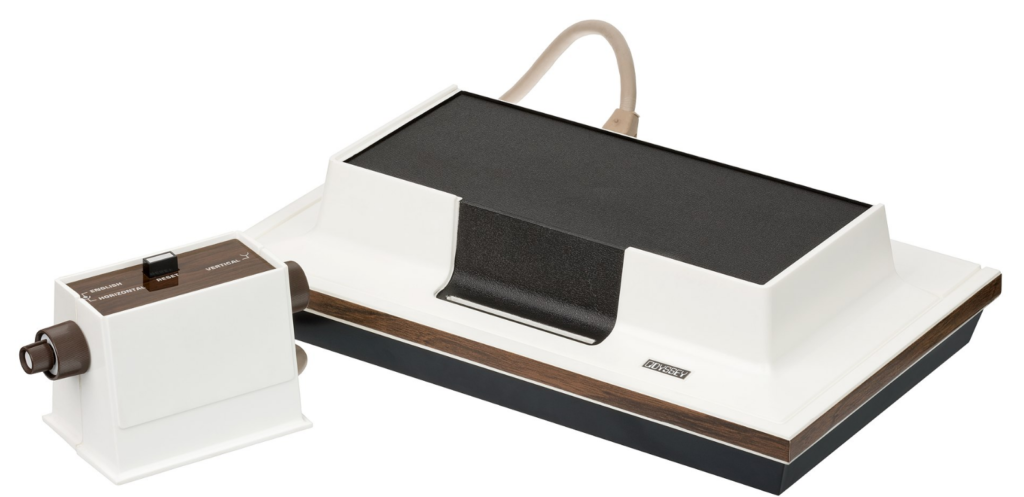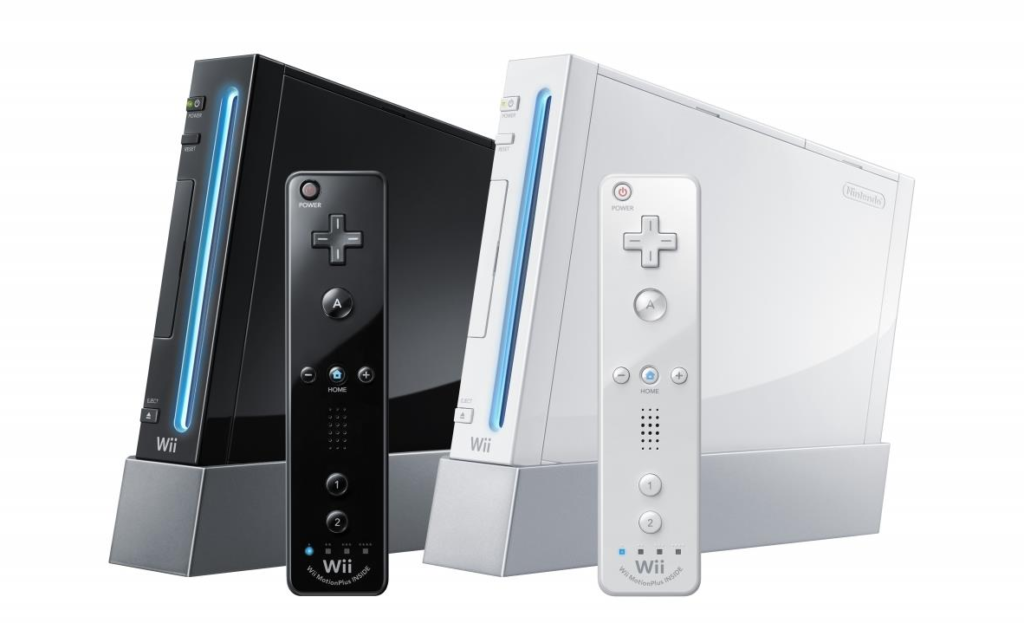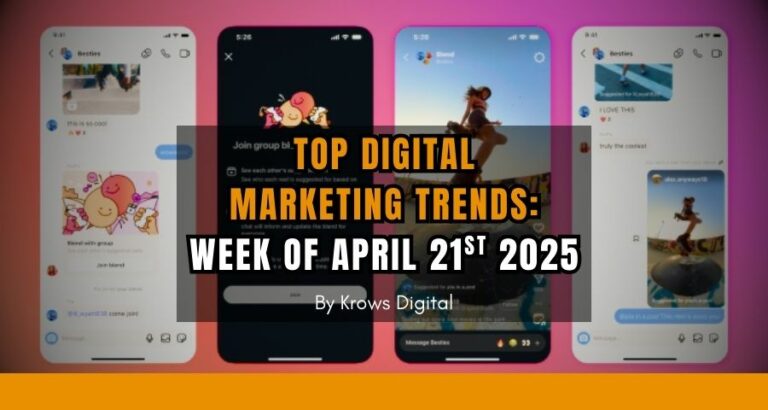4th case study will be about the Blue Ocean Strategy done by Nintendo in 2006 to be the number 1 in the market. Beating Sony & Microsoft, in terms of sales, even though they were selling more powerful video game consoles than Nintendo.
Let's see how they managed that but first, some context!
What Is Nintendo?

Well, Nintendo is probably known by most of you for its iconic games like Super Mario Bros., The Legend of Zelda, Mario Kart, or Metroid.
For others, be aware that this Japanese company was established in 1889 in Kyoto!
任天堂 or Nin-Ten-Dô is commonly assumed to mean "leave luck to heaven" (not an official statement though).

They were first producing a card game called Hanafuda, only for the Japanese market.
Only since 1956, has Nintendo started diversifying its activities to other industries like toy manufacturing, laser games, television, food, and love hotels...

It was only in 1974 that Nintendo started to get an interest in video gaming. In 1977, they finally produced their in-house hardware: The Color-TV Game and from there they kept creating video game consoles.

Behind the success of Nintendo, is a constant search for outdated technology that can still be relevant for gaming. This idea was to keep production costs at a minimum to be affordable for most people.
That is how they came up with the idea behind the Game & Watch series, using LCD screens used in calculators to have the cheapest gaming system ever.
Followed by a series of successful consoles like:
- Game Boy
- NES
- Super Nes
- Game Boy Pocket/Color (then Advance but this is another story).
The popularity of Nintendo's consoles was highly based on their quality but also based on their price.
As an example, when released in 1991, the SNES was priced at $199 while their competitor Neo Geo was priced at $699...
Nintendo vs Sega: the performance race

In the early 1990s, prices were kept around $200 and the focus was not on cost savings but on which company would bring the most performing console.
Sega, another Japanese company, was competing against Nintendo for the title of video game leader.
In fact, the Sega Genesis (or Megadrive in other places) was as powerful as the Nintendo SNES, and gamers were debating for years about which console was the more powerful.
Sony PlayStation The Conqueror

I will not go over the full story behind the PlayStation being first created by Nintendo (the prototype was sold recently, crazy!) but the fact is that since December 1994, Sony became the leader in gaming consoles by providing gamers what they wanted: more performance and outstanding graphics.
This is due to the usage of CD-Roms instead of typical cartridges, allowing for more data and fast transfers.
From there Nintendo, still focusing on cost-saving performance consoles, will lose continuous market shares with the Nintendo 64 released in 1996 and the GameCube in 2001.
ready to take your business to the next level?
Get in touch today and receive a complimentary consultation.
The early 2000s: Nintendo's decline

In 2001, times were hard. Sega, the eternal rival of Nintendo bankrupted after failing to find success with the Dreamcast, a powerful console with online gaming (too early, unfortunately) and Nintendo released the GameCube to compete with the new monster from Sony: the PlayStation 2 (PS2).
More powerful and includes a DVD player (an insane feature in 2001... now way less!).
Nintendo tried to keep up with the PS2 by being cheaper while providing great performances (the GameCube was at $199 & the PS2 at $299) but didn't expect 2 things:
- Microsoft wanted to join this market and released the Xbox the same year ( 2 months before the GameCube!) with a DVD player and certainly the best performances for this generation. Serious competition for Sony that is still going on almost 20 years after with the PlayStation 5 & the Xbox Series X!
- Gamers were more attracted to the PS2 & Xbox than the Nintendo GameCube because of multiple factors:
- DVD player: quite useful and a good excuse to beg your parents to buy them!
- Strong performance: both these consoles have recognized strong CPU & GPU allowing them to provide outstanding graphics and sounds.
- Gamers seek mature content: in fact, Nintendo was considered to create consoles and games for kids (Mario, Zelda... too childish) while Sony & Microsoft proposed games that are considered more mature like Tomb Raider, Halo, God of War, and simulations like Pro Evolution Soccer, Gran Turismo, etc.
Nintendo was losing this game that they had owned for so long, the strategy had to be changed, and maybe the market as well...
The Nintendo Wii & the Blue Ocean Strategy
You are positioned 3rd on the market and clearly, the gamers are less interested in your future release than in the ones from Microsoft and Sony.
These last 2 won the game and they are fighting each other without much care for Nintendo.
If you were Nintendo, should you try to beat them back with a more powerful console?
Of course not! The GameCube failed because it tried to compete directly with the PS2 & the Xbox, so it was probably not a wise choice to use the same strategy.
A better strategy is to create a market where Nintendo will be the only player.
Red Ocean Vs. Blue Ocean Strategy

To talk about the blue ocean, we need to, first, talk about its opposite: the Red Ocean. This is the most known type of market, as you are competing directly with competitors to offer your products to people already looking for them and trying to find the best price for them.
==> Doesn't seem great no?
The Blue Ocean Strategy, theorized by W. Chan Kim and Renée Mauborgne, is the idea of creating a new demand for your products with a whole new audience based on a different pricing strategy or product differentiation.
Audience Definition
Let's go back now to Nintendo's case. We talked a lot about Gamers being the main audience for the gaming industry, you can define them by different factors:
- 17-35 years old
- Mostly males
- Interested in performance
- Singles

Regarding Nintendo, in 2006, they decided to launch their new console, the Nintendo Wii, by focusing on a new audience who would soon be called the Casual Gamers.
What's the difference? It's targeting everyone!
From kids to grandparents, everyone can play the Nintendo Wii with its easy-to-use gamepad that looks like a remote controller.

The fact is that the gaming industry, until then, was considered to be a niche, too complicated for people who were not fully into it like the Gamers (whom we started to call the Hardcore Gamers).

From Wii Sports to Just Dance, the idea was to give anyone the ability to play easy-to-learn games that will have the full family playing together.
This was a completely new audience, far from the (way smaller) red ocean market overwhelmed by Microsoft & Sony.
In terms of results, here are the overall sales results from the consoles of this generation:
- Nintendo Wii (Nintendo): 101.63 million
- PlayStation 3 (Sony): 87.4 million
- Xbox 360 (Microsoft): 84 million
Conclusion
It was a pretty risk for Nintendo to switch from a well-known market to creating a new one. Be aware that risks exist by going to a new market.
The fact is that it could have gone wrong if this new audience had not been receptive to this new console.
So balance the good and the bad if you are going out of a competitive market to create a new one.
Furthermore, it is important to also understand that a new audience means new rules & new expectations.
In the case of the Nintendo Wii, commercials were focused on family playing together while more standard gaming advertisement is focused on storytelling, epicness, and being the "hero" of the story.
Regarding the case of the Nintendo Wii, if the sales were outstanding regarding consoles, it was worth considering the sold videogames. Casual gamers are a bigger audience than hardcore gamers but these last ones invest more and are more loyal to Sony & Microsoft than casual gamers to Nintendo...
Hope you learned something interesting with this blue ocean strategy and see you soon for the next marketing case study!
And don't forget to read our other marketing case studies if you didn't do it yet!
KD Team



